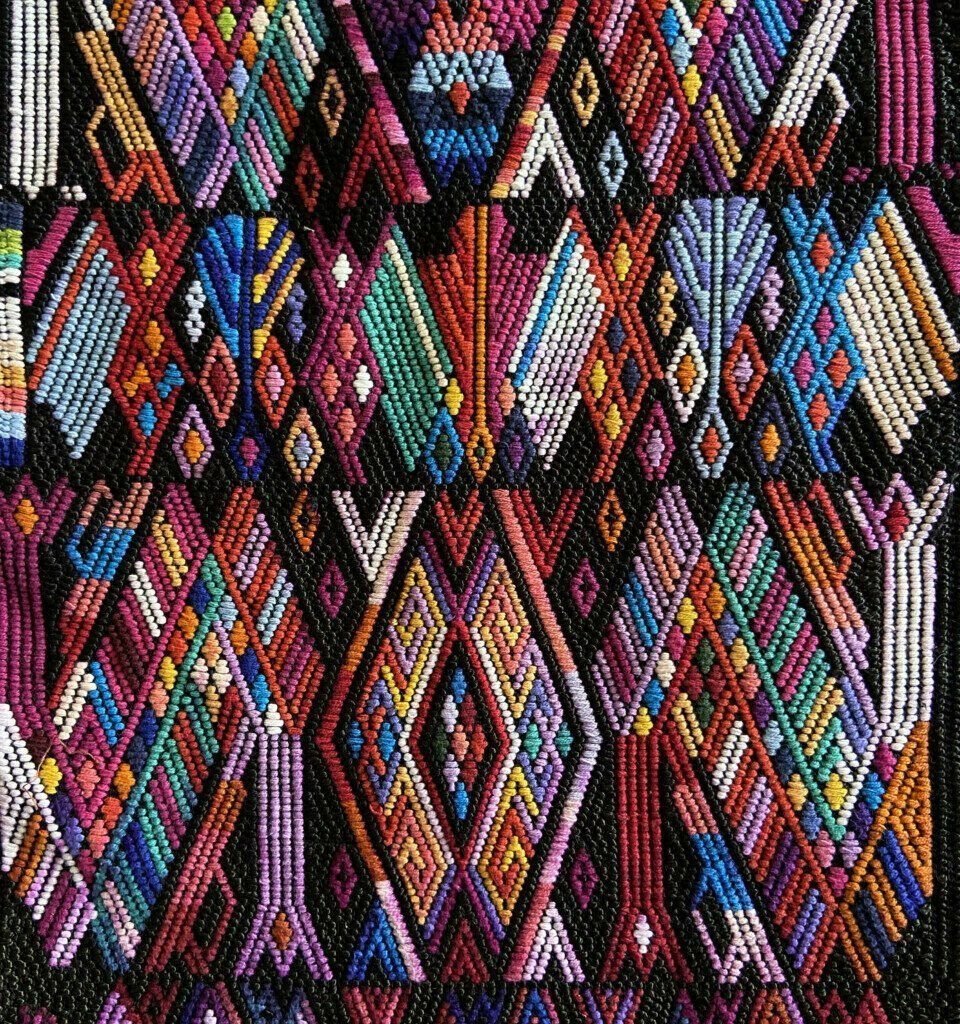The huipil is a traditional garment from Guatemala, with a unique cultural and artistic richness in the world. But have you ever wondered how these beautiful and colorful textiles are made? Join us on this fascinating journey to discover the secrets behind the huipiles and how they have become true works of art. In the end, you will be amazed to discover the incredible products made with huipil that will leave you wanting to know more.
Tabla de contenido
What is a Huipil?
The huipil is a traditional fabric worn by indigenous women in Guatemala and other Central American countries. This garment is characterized by its vibrant colors and unique patterns that represent the identity, history, and culture of the community to which they belong. Huipiles are made on waist looms, using ancestral techniques that have been passed down from generation to generation.
History of Guatemalan Huipiles
Huipiles have their roots in the pre-Columbian era, and their history is intertwined with that of the ancient Maya. Since then, these garments have evolved and adapted to different historical periods, always maintaining their essence and symbolism. Throughout the centuries, huipiles have been used as a way to express women’s identity and social status, as well as their connection to nature and the gods.
How are Huipiles made?
The process of making a huipil is complex and requires skill, patience, and dedication. Here are the main steps to show you how huipiles are made:
1.Thread preparation
The first step is to select and prepare the thread. Generally, cotton or wool is used, which is dyed with natural dyes extracted from plants, fruits, and other organic materials. This process ensures the intensity and durability of the colors in the huipil.
2.Use of the waist loom
The waist loom is an ancestral tool used to weave huipiles. It consists of a wooden structure with two parallel bars, to which the warp threads are tied. The weaver sits on the ground and holds the loom with her waist, which allows her to control the tension of the threads and create intricate patterns.
3.Weaving technique
The weaving technique used in making huipiles is brocade. This technique involves weaving the weft threads of different colors over the warp threads, creating patterns and designs on the surface of the fabric. Brocade allows the weavers to create complex geometric, floral, and animal figures on the huipil, each with symbolic meaning.
4.Finishing the huipil
Once the weaving is complete, the edges of the huipil are cut and sewn. Depending on the style and region, additional details, such as embroidery, lace, or ribbons, may be added. Finally, the huipil is ironed and carefully stored until its use or sale.
Conclusion
Now that you know the fascinating world of the huipil, its history, how they are made, and the incredible products created from these textiles, you will surely appreciate even more the cultural and artistic value of this ancestral garment. Don’t forget that each huipil is unique and represents the creativity, effort, and dedication of the weavers who created it. By acquiring products made with huipil, you are not only taking with you a piece of Guatemalan history and culture but also supporting indigenous communities and contributing to the preservation of their cultural legacy.












